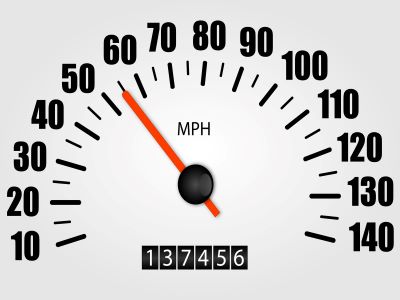
Automakers are being pressured by federal and state governments to ramp up electric car production, and U.S. President Joe Biden is signing an executive order that targets half of all new car sales to be electric by 2030. The industry is shifting towards battery power and the timeline is rather aggressive.
Today, Americans pay at the pump – every gallon of gasoline and diesel is taxed. The federal government receives 18.4 cents and most states collect a chunk as well. As fewer cars visit the pump, the amount of tax revenue decreases and needs to be made up elsewhere, something that’s addressed in the upcoming infrastructure bill with a pilot program for a national per-mile tax that would tax drivers based on their annual mileage rather than at the pump.
A per-mile fuel tax is a controversial topic that many drivers have mixed feelings on, and they’ll likely continue to have shifting opinions as electric vehicles become more prominent on the roads they share. Certain states have already considered addressing this, opting to investigate if a per-mile tax would make more sense than paying at the pump. Pennsylvania, which has the highest fuel tax in the nation at 58.7 cents per gallon.
Read the article at The Drive.




